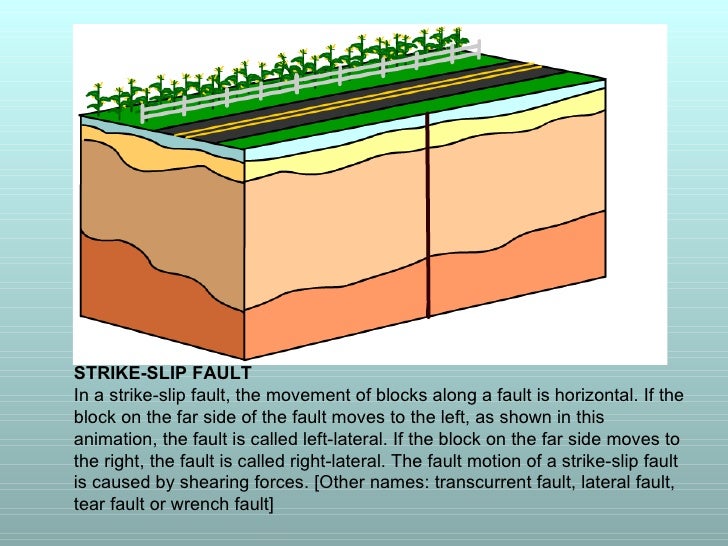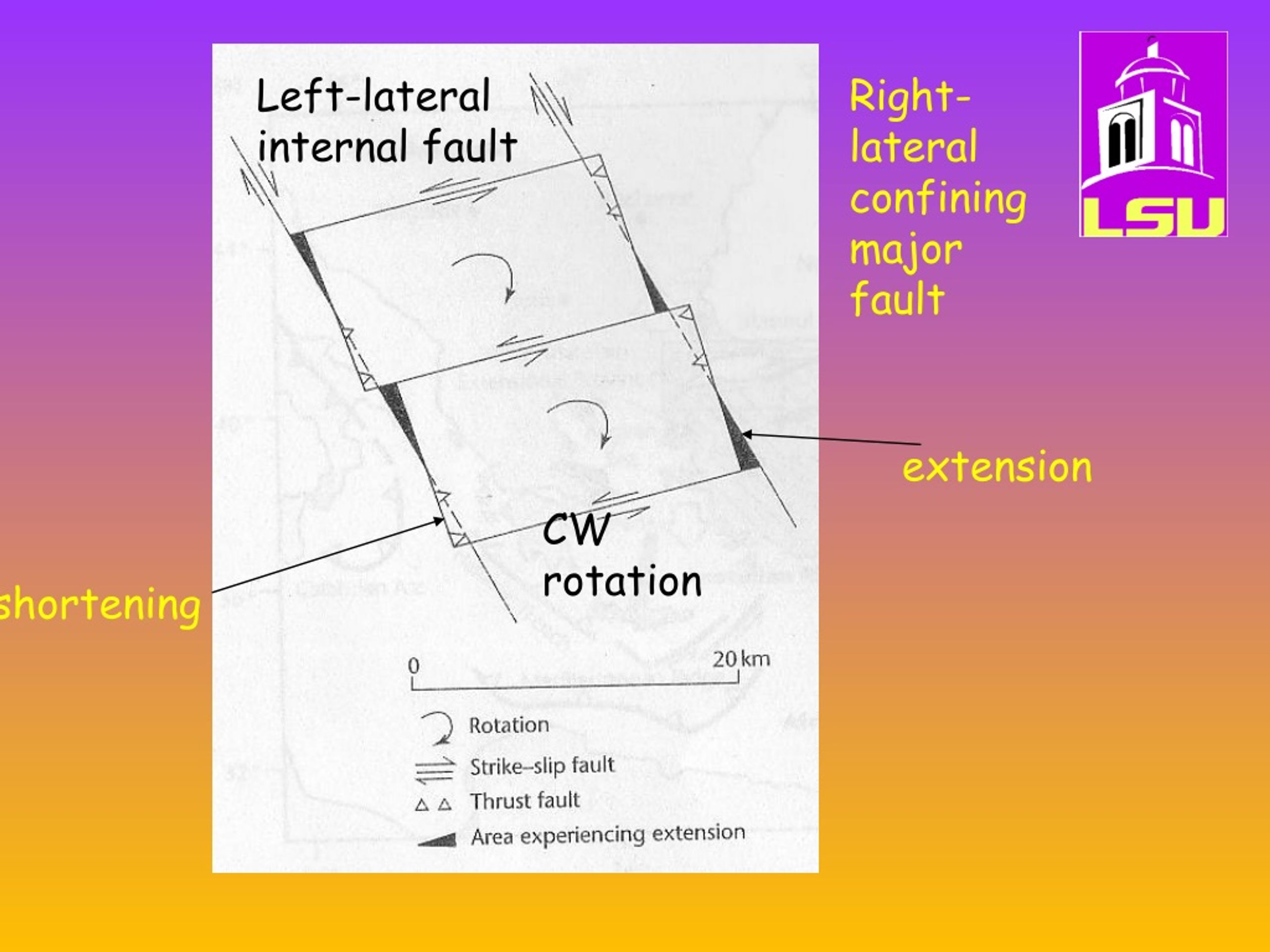

To give an example, in the 2004 Indian Ocean earthquake, the moment tensor solution gives two nodal planes, one dipping northeast at 6 degrees and one dipping southwest at 84 degrees. The slip vector, which is the direction of motion of one side of the fault relative to the other, lies within the fault plane, 90 degrees from the N-axis. For this other geological or geophysical evidence is needed to remove the ambiguity. It is not possible to determine solely from a focal mechanism which of the nodal planes is in fact the fault plane. The fault plane responsible for the earthquake will be parallel to one of the nodal planes, the other being called the auxiliary plane. USGS focal mechanism for the 2004 Indian Ocean earthquake

The P-axis is plotted in the centre of the white segment, the T-axis in the centre of the colour-filled segment. The P and T axes are also often plotted with the N axis these three directions respectively match the directions of the maximum, minimum and intermediate principal compressive stresses associated with the earthquake. The two nodal planes intersect at the N (neutral)-axis.

By convention the compressional quadrants are colour-filled and the tensional left white. Observations from stations with no clear first motion normally lie close to these planes. If there are sufficient observations, one may draw two well-constrained orthogonal great circles that divide the compressive from the tensional observations and these are the nodal planes.

By convention, filled symbols are used to plot data from stations where the P-wave first motion recorded was up (a compressive wave), hollow symbols for down (a tensional wave), with crosses for stations with arrivals too weak to get a sense of motion. These angles are calculated from a standard set of tables that describe the relationship between the take-off angle and the distance between the focus and the observing station. The take-off angle is the angle from the vertical of a seismic ray as it emerges from the earthquake focus. The azimuth and take-off angle are used to plot the position of an individual seismic record. The data for an earthquake is plotted using a lower-hemisphere stereographic projection. Graphical representation ("beachball plot") This is an important part of monitoring to discriminate between earthquakes and explosions for the Comprehensive Test Ban Treaty.įault types with corresponding beach ball plots Left-lateral In the case of an underground nuclear explosion, for instance, the seismic moment tensor is isotropic and this difference allows such explosions to be easily discriminated from their seismic response. The pattern of energy radiated during an earthquake with a single direction of motion on a single fault plane may be modelled as a double couple, which is described mathematically as a special case of a second order tensor (similar to those for stress and strain) known as the moment tensor.Įarthquakes not caused by fault movement have quite different patterns of energy radiation. The moment tensor solution is typically displayed graphically using a so-called beachball diagram. Focal mechanisms are now mainly derived using semi-automatic analysis of the recorded waveforms. This method was used before waveforms were recorded and analysed digitally and this method is still used for earthquakes too small for easy moment tensor solution. The focal mechanism can be derived from observing the pattern of "first motions", that is, whether the first arriving P waves break up or down. Focal mechanisms are derived from a solution of the moment tensor for the earthquake, which itself is estimated by an analysis of observed seismic waveforms. In the case of a fault-related event it refers to the orientation of the fault plane that slipped and the slip vector and is also known as a fault-plane solution. The focal mechanism of an earthquake describes the deformation in the source region that generates the seismic waves. Process that generates seismic waves in an earthquake


 0 kommentar(er)
0 kommentar(er)
